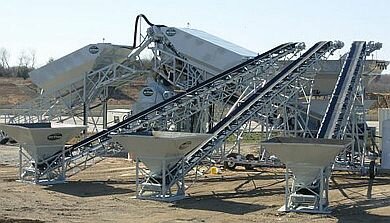MarktheMole
ACCESS: Restricted
- Joined
- 25 October 2023
- Messages
- 1
- Reaction score
- 0
I'm researching a book on RAF Bomber Command and wanted to know if ever it targeted coal mines and pit heads, especially in the Ruhr?
There are suggestion Air Ministry intelligence told the RAF the coal mines were too small as targets. Does anyone have documentary evidence of this?
Thanks to all contributors,
Marcus Gibson, London
There are suggestion Air Ministry intelligence told the RAF the coal mines were too small as targets. Does anyone have documentary evidence of this?
Thanks to all contributors,
Marcus Gibson, London

